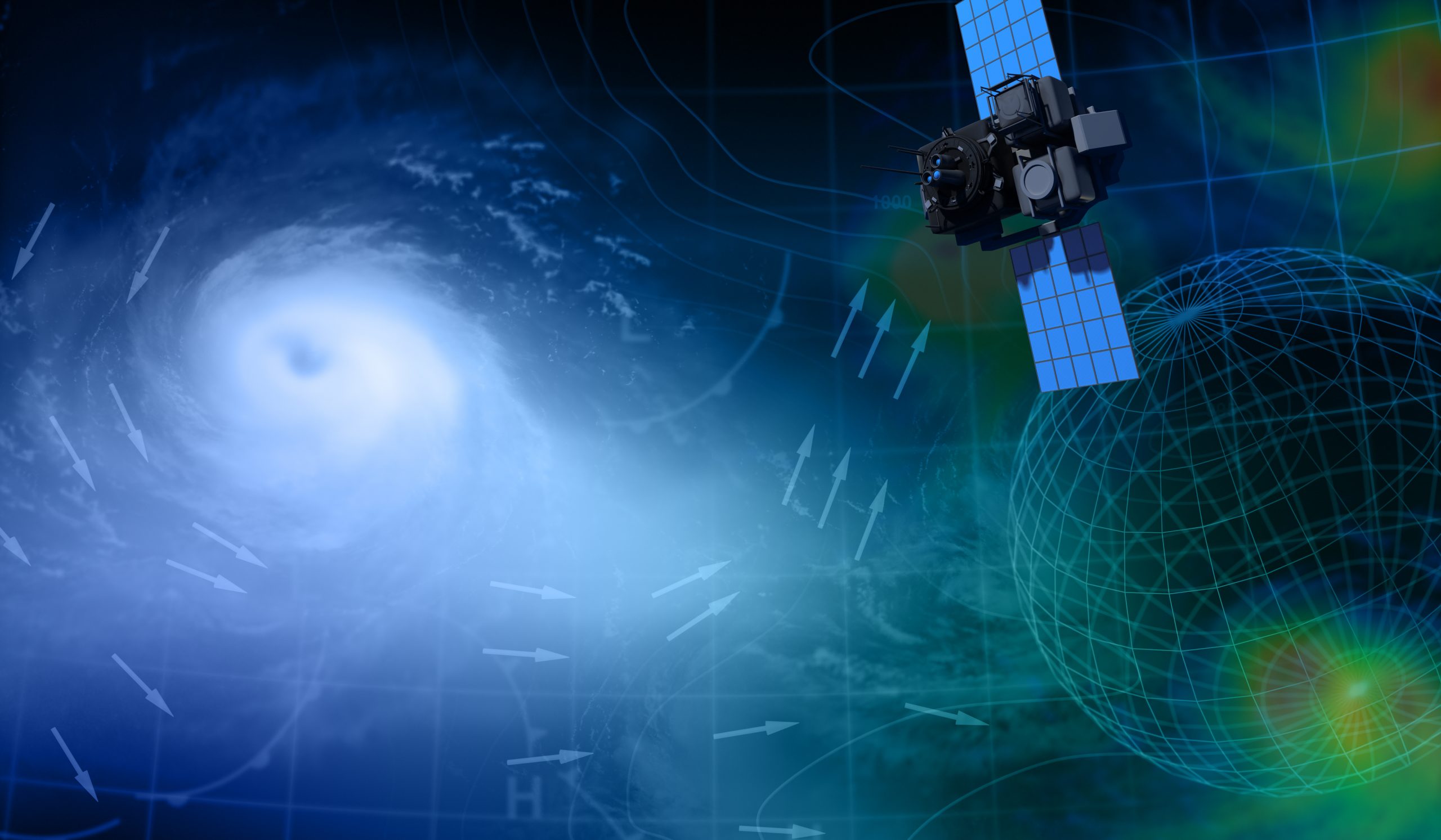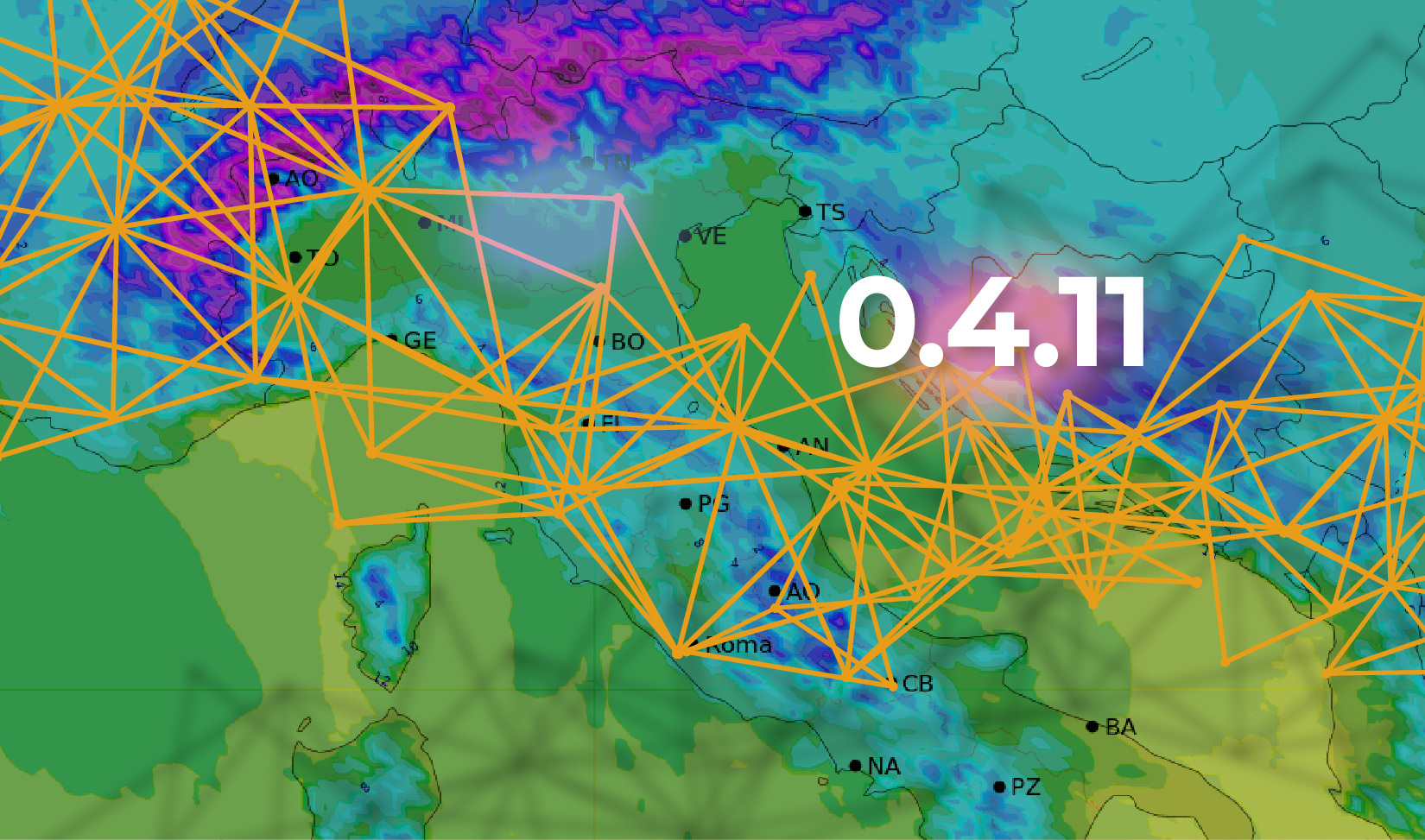The results of the final event of Mistral project – November 23, 2020
The final event of the MISTRAL project – part of the Connecting Europe Facility (CEF) Program, Telecommunications Sector – took place on Monday 23 November 2020 , aimed at presenting the MISTRAL – Meteo Italian SupercompuTing poRtAL platform – for sharing, publishing and exporting meteorological data
The partners of the project
The subjects who contributed to the creation of the platform are:
- CINECA,
- Dipartimento di Protezione Civile
- Centro Europeo per le Previsioni a Medio Termine
- Agenzia Regionale per la Protezione Ambientale dell’Emilia-Romagna
- Arpa Piemonte
- Dedagroup Public Services
The introductory speeches to the webinar underlined the context in which the project was developed and the platform is located, referring to the opportunities that exist today for Italian public meteorology. Reports followed that illustrated the platform with real use cases
The morning ended with a perspective report on the long-term sustainability of the platform, which gave rise to interesting reflections: from the public / private relationship to the dual role played by providers to users of data and information, to the need to always go to more towards the logic of OpenData and the role of HPC as a fundamental supporter for meteorology.
The event was attended by about 170 people who, through questions and comments, made the online event very “real” and concrete.
We illustrate some contents of the presentations with some answers to specific questions,.
How does MISTRAL fit into the national and international scene?
The MISTRAL platform responds to a real need of the country to collect and homogeneously present the wealth of meteorological data, numerical forecasts and processing tools from an Opendata and user service perspective. Its function is twofold: certainly internally it represents an opportunity to systematize skills and create indispensable synergies for an excellent public meteorology and towards the international level to present a unique Italian meteorological hub. As Carlo Cacciamani pointed out in his speech, the initiative takes place at a time of important renewal, with the birth of a new national and regional technological / scientific “ecosystem”, full of opportunities. First of all, the Italia Meteo Agency, which has formally approved the statute and regulation, and which can represent a strong national coordination of activities in the field of meteorology and climatology, in support of civil protection, health and environmental protection, agricultural policy …The transfer of the ECMWF computer center to Bologna, the initiatives related to the Space Economy, with the Mirror Copernicus program, the management and potential offered today by the so-called BigData and finally the HPC which allows to process quantities of data and information that up to a few years ago it was unimaginable
What was the relationship with potential users?
Sin dalle prime fasi di sviluppo del progetto una particolare attenzione è stata dedicata ai potenziali utenti del portale. Il 30 maggio del 2019 Arpa Piemonte ha organizzato, in collaborazione con il Politecnico di Milano, un hackathon proprio per raccogliere i requisiti degli utenti, grandi e piccoli, al fine di progettare e implementare le modalità di visualizzazione ed esposizione dei dataset e dei metadati, la definizione dei servizi, dei livelli di servizio e, perché no, di eventuali modalità di collaborazione, per soddisfare al meglio i bisogni dell’utenza. L’evento è stato organizzato in nove tavoli di lavoro (agricoltura, trasporti, media, assicurazioni, sport, istituzioni, energia, ricerca e provider meteo privati) dove gli utenti, attraverso un percorso guidato, si sono conosciuti, confrontati esprimendo le proprie necessità e desideri, aumentando la consapevolezza delle potenzialità del settore meteorologico e contribuendo a creare una community per la verifica della funzionalità del portale e per esprimere, anche in futuro, le esigenze del settore nell’ambito della meteorologia.
What are the main innovations introduced?
Italy hosts a large number of networks dedicated to terrestrial meteorology, but it has always been very difficult to collect and combine data from different sources. Mistral is the first platform that aggregates, harmonizes and makes available in a homogeneous way, using international standards, the observed data of the ground stations of the Italian regions. At the moment, 11 regions, in addition to the Autonomous Province of Bolzano, have given their consent to provide data to the platform.
The data of the forecast products of Italy (at a resolution of 2.2 km) and the Mediterranean (at 5 km) are also available on the platform.
Another important innovation, the result of collaboration with the European Center for Medium-Term Weather Forecasts (ECMWF), Cineca and Arpae, is the creation of a new forecast product called Italy Flash Flood. ECMWF has developed an application for the first time on Italy with the main objective of improving the forecast of flash floods. It builds on recent advances in the field of post-processing HPC of Esemble’s global forecast (ECMWFENS IFS), specifically the rain forecast, blending this post-processed output with the rainfall output provided by the ensemble english COSMO 2.2 km high resolution (COSMO-2I-EPS) This use case is a demonstration of the use of supercomputing resources necessary to offer a real-time weather alert service to civil protection.
What needs does it meet?
The goal of the MISTRAL portal is to facilitate and encourage the reuse of data sets by the meteorological community, as well as its communities, to provide value-added services through the use of HPC resources, transforming it into a level of new opportunities of business. But also to improve the interoperability of regional meteorological data providers thanks to the adoption of international standards.
When will the portal be online?
The portal is already online, Cineca updates it periodically as new features and data are made available. However, it will be completed by the end of January 2021.
What will the catchment area be?
The portal is designed to have a national character, with observed data, forecasts and customized services at national level. Users will be end-users who use the information available without re-processing it, the world of research and private providers of meteorological services who will be able to rely on homogeneous data, verified forecasts and state-of-the-art modeling, and the providers of data and services that they will find in the platform a useful work tool.
Among the use cases presented there was the Multimodel Superensemble, what exactly is meant?
The Multimodel SuperEnsemble is a post-processing method of forecasting models aimed at obtaining a more accurate forecast of meteorological parameters near the ground, in correspondence with the network meteorological stations that interest us. It represents one of the first, and certainly the most used, post-processing algorithms implemented within the Arpa Piemonte Regional Functional Center. In simple terms, the Multimodel algorithm, during a training period, assigns weights to the direct forecasts of different meteorological models of a parameter, for example the temperature, at a measurement station, on the basis of the deviations from the values actually measured from the station. In this way it is possible to build an overall forecast, which takes into account the different contributions of the modeling, adequately “weighted”.
During the meeting it was shown how the skill of this forecast is always better than the direct output of the models, both as a systematic error and as a mean square error.
Its main features are the forecast accuracy on the reference stations and the flexibility, i.e. the ease with which both meteorological models and ground stations can be added (thus expanding the area of use).
The contributions of the speakers
Mistral e il ruolo del supercalcolo in ambito meteo e clima
Sanzio Bassini
La piattaforma MISTRAL a supporto della meteorologia pubblica italiana
Carlo Cacciamani (Arpae e coordinatore del Comitato d’indirizzo per la meteorologia e la climatologia dell’Agenzia ItaliaMeteo)
La piattaforma Mistral
Gabriella Scipione (Cineca) e Martina Forconi (Dedagroup)
The Public Open Data Digital Service Infrastructure under CEF Telecom
Javier MATA Project Officer INEA
Presentation of use cases:
Mistral e l’accesso ai prodotti meteo previsionali numerici e i dati delle stazioni al suolo
Davide Cesari
L’utilizzo della Piattaforma Mistral e le previsioni puntuali con tecniche di Multimodel
Paolo Bertolotto e Luca Monaco (Arpa Piemonte)
Italy Flash Flood
Andrea Montani (ECMWF)
La piattaforma a supporto delle attività del Centro Funzionale centrale
Luca Delli Passeri e Andrea Pieralice (Centro Funzionale Centrale, Dipartimento della Protezione Civile Nazionale)
Quale futuro per Mistral?
Tiziana Paccagnella (Arpae Emilia Romagna)
Video recording of the event




 The MISTRAL project activites have been performed thanks to the INEA/CEF contribution under the grant agreement number: INEA/CEF/ICT/A2017/1567101 – Action No: 2017 IT IA-0144
The MISTRAL project activites have been performed thanks to the INEA/CEF contribution under the grant agreement number: INEA/CEF/ICT/A2017/1567101 – Action No: 2017 IT IA-0144